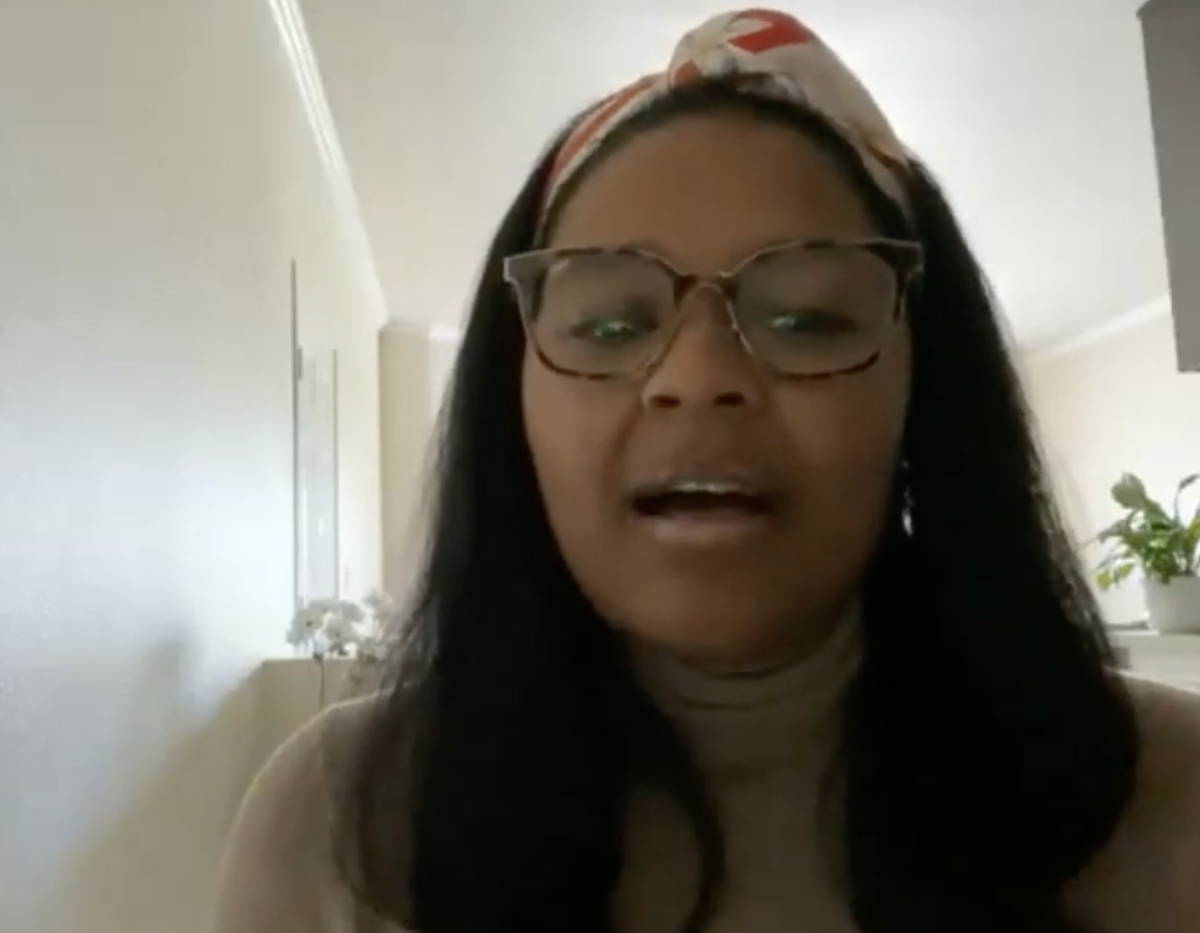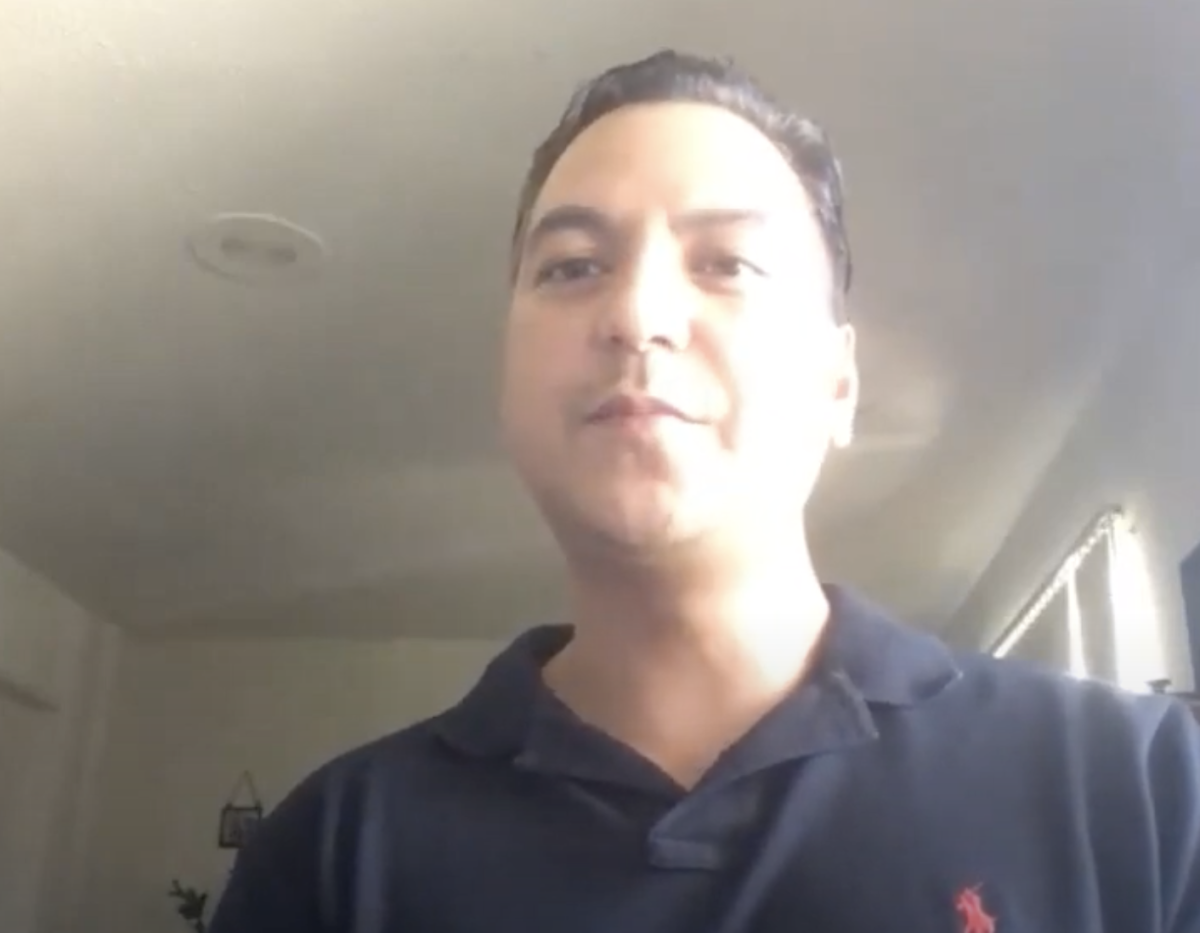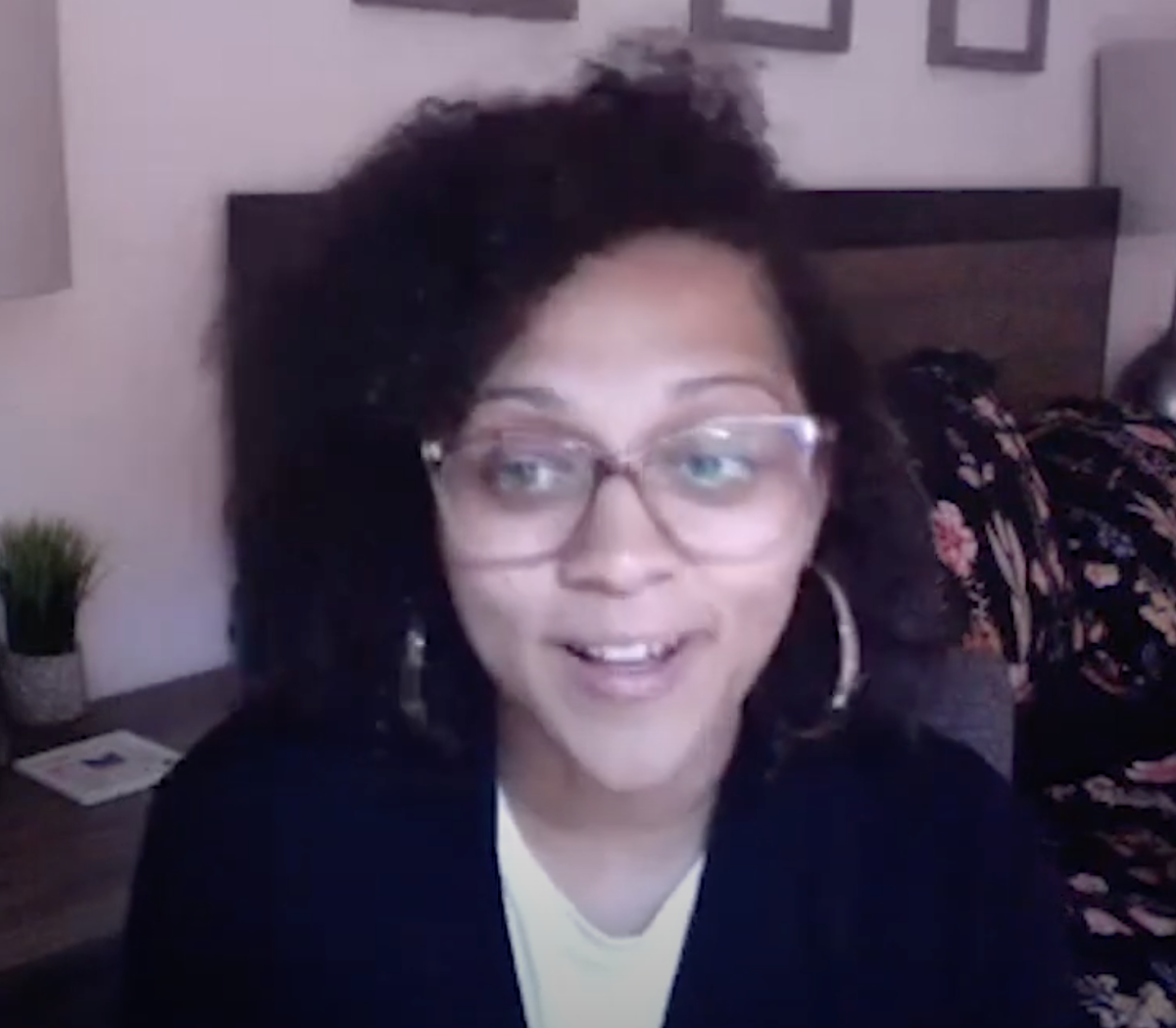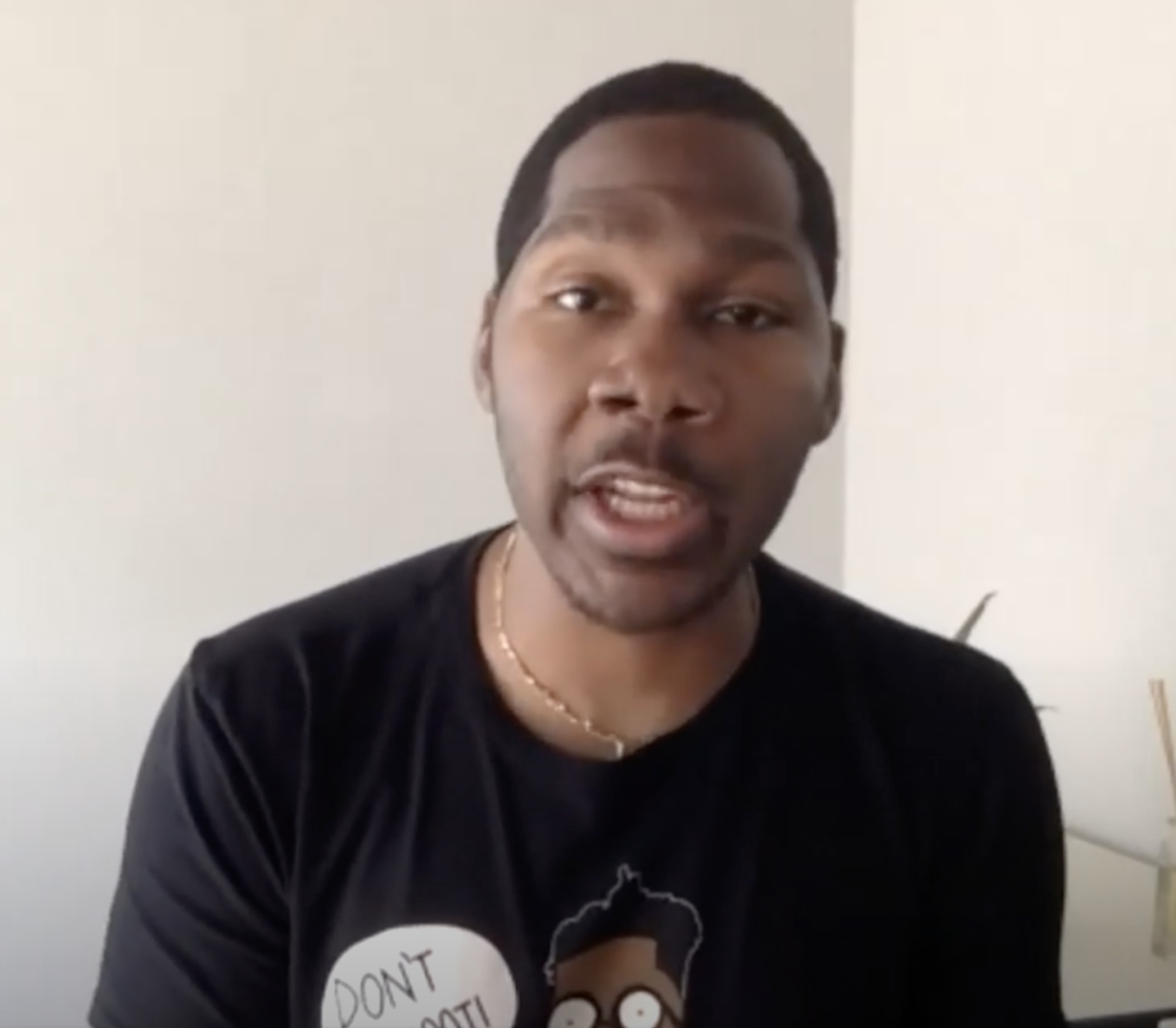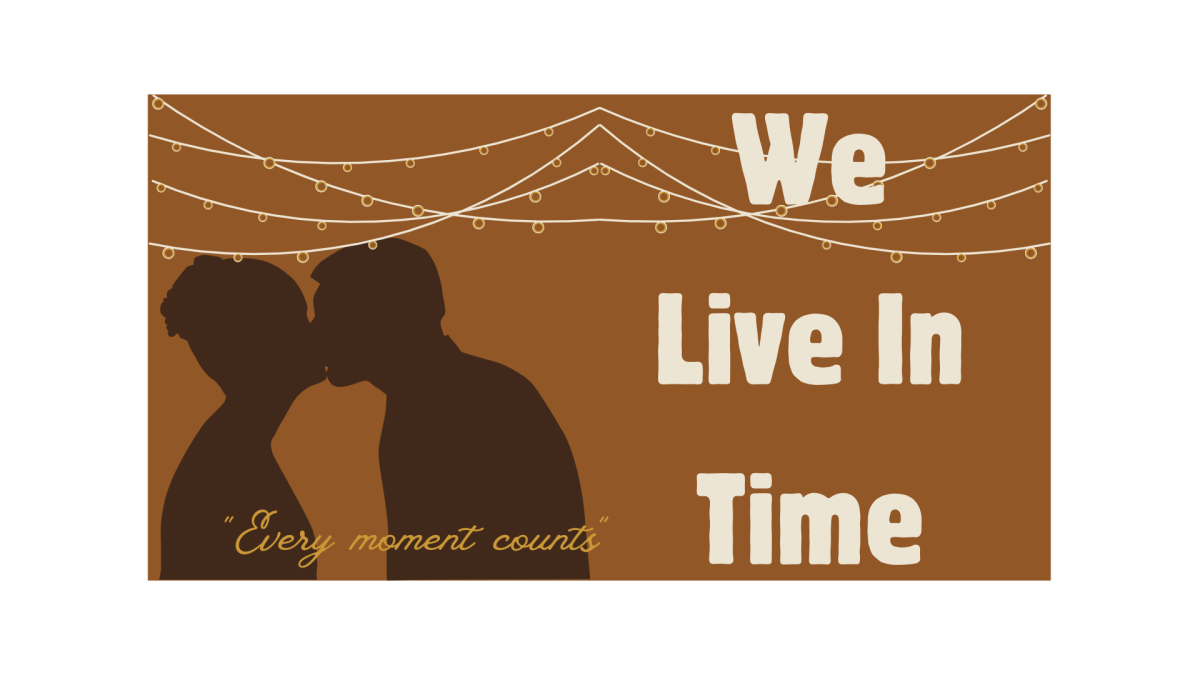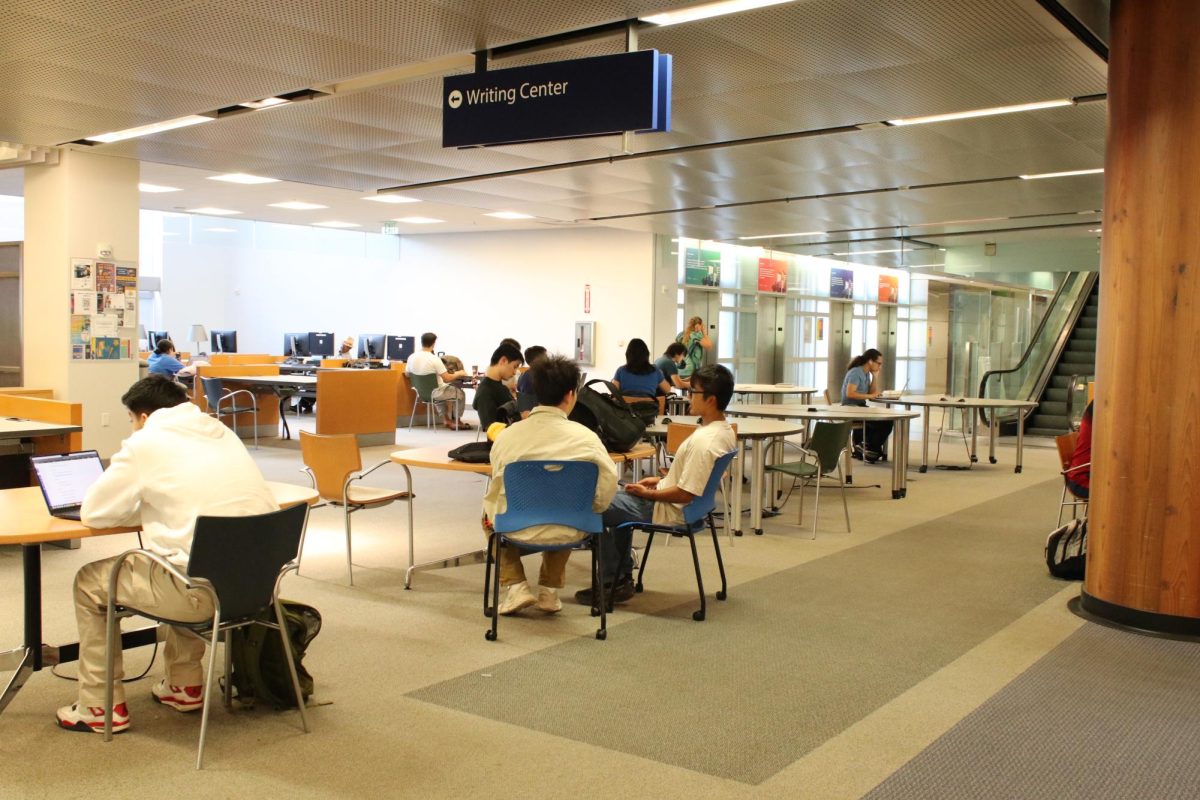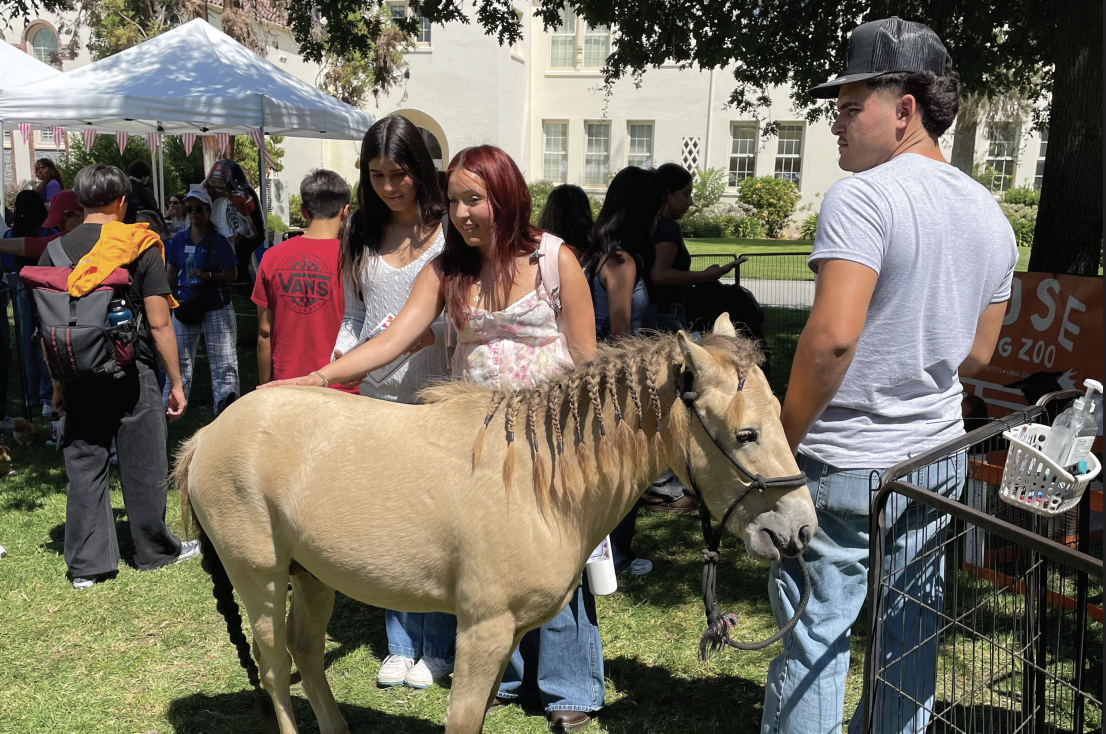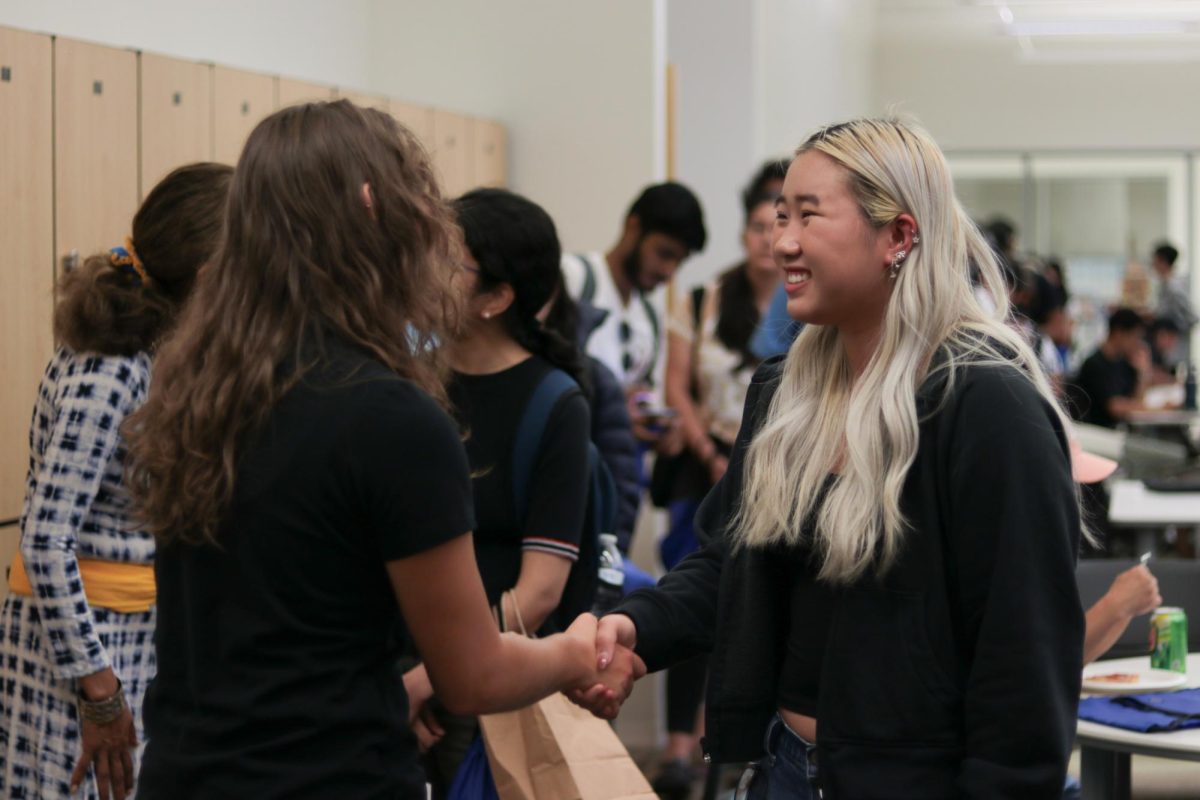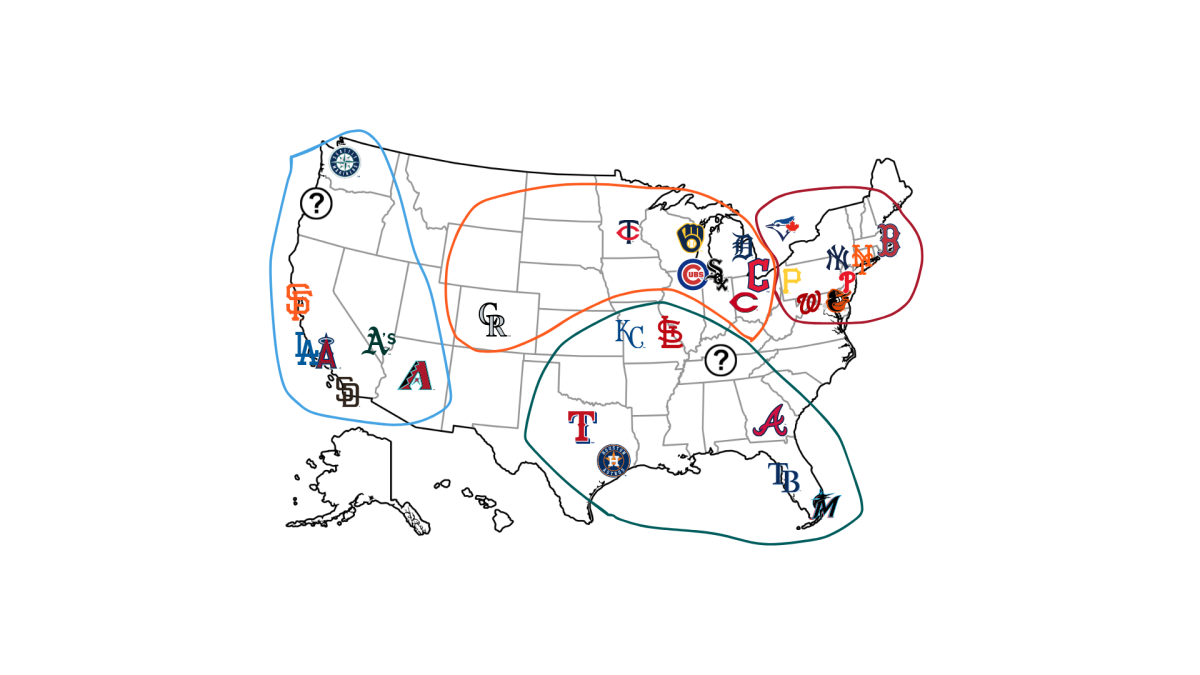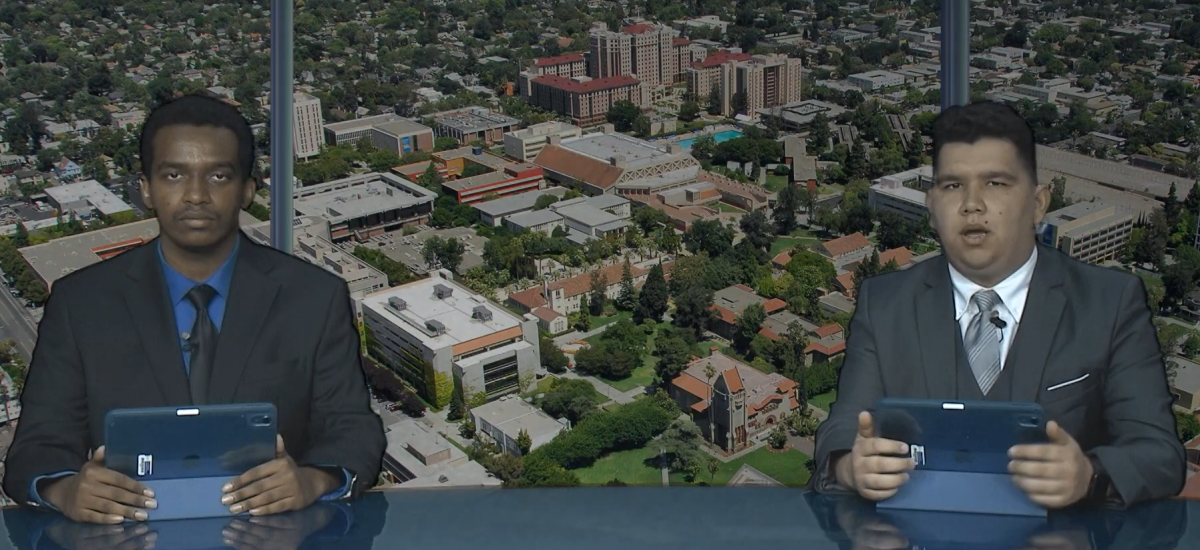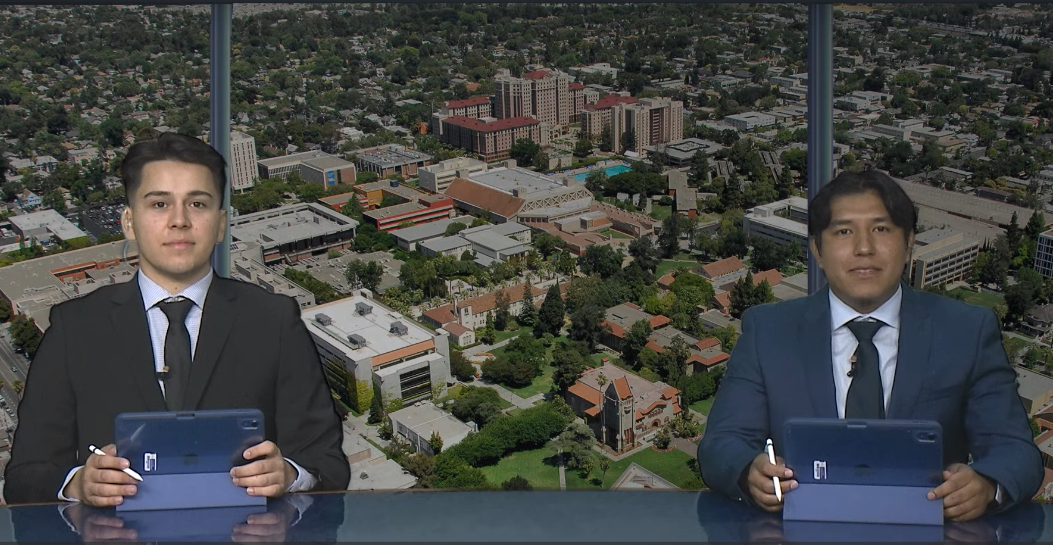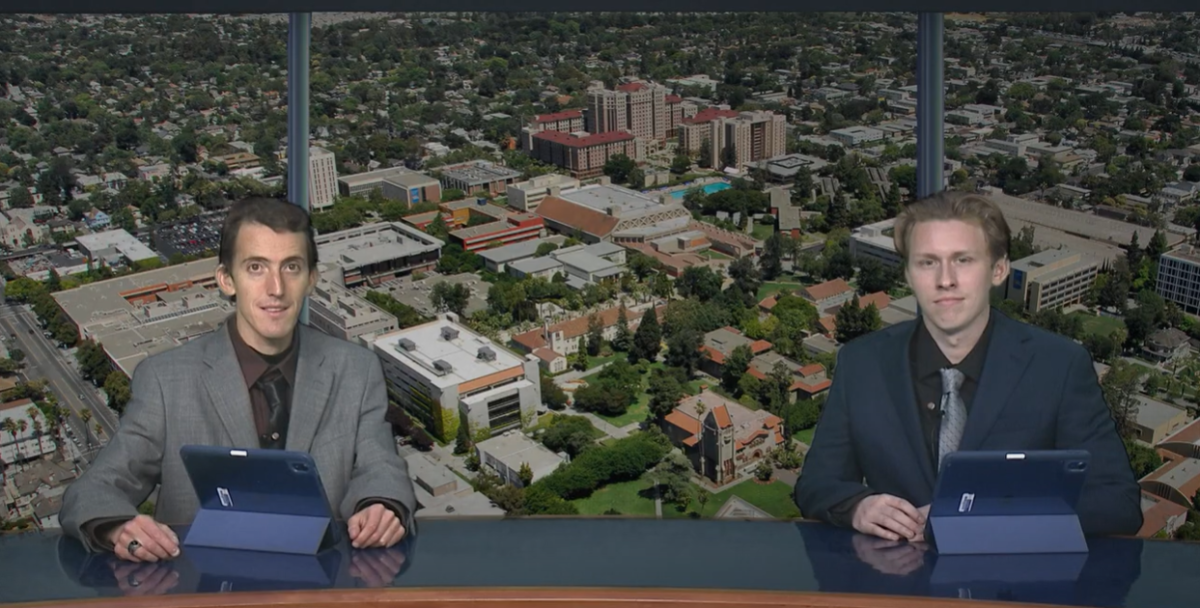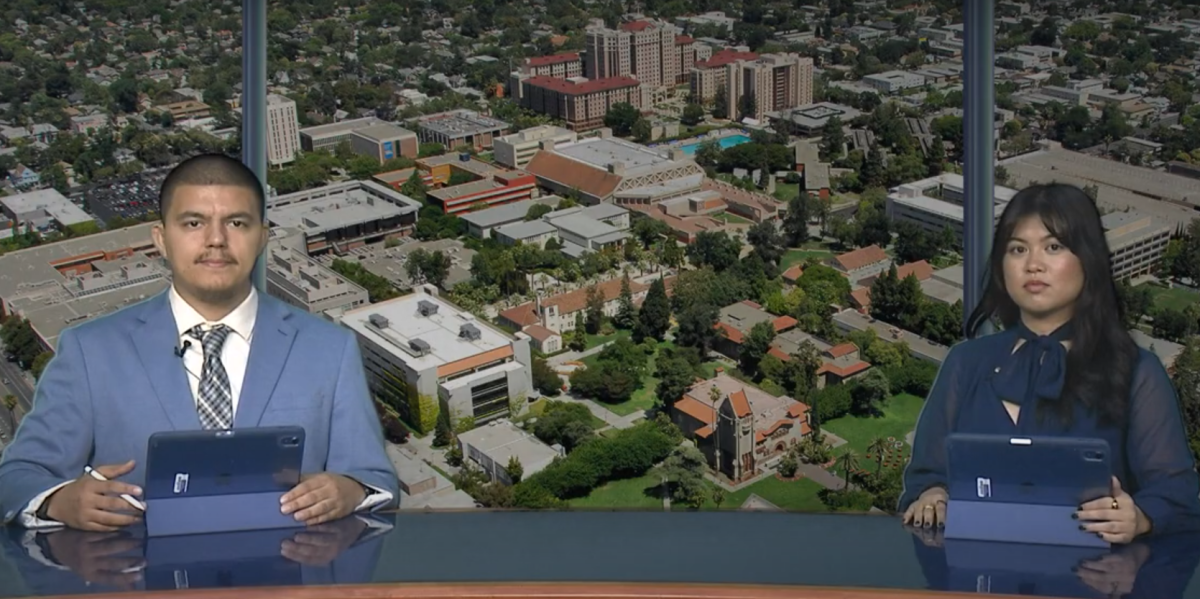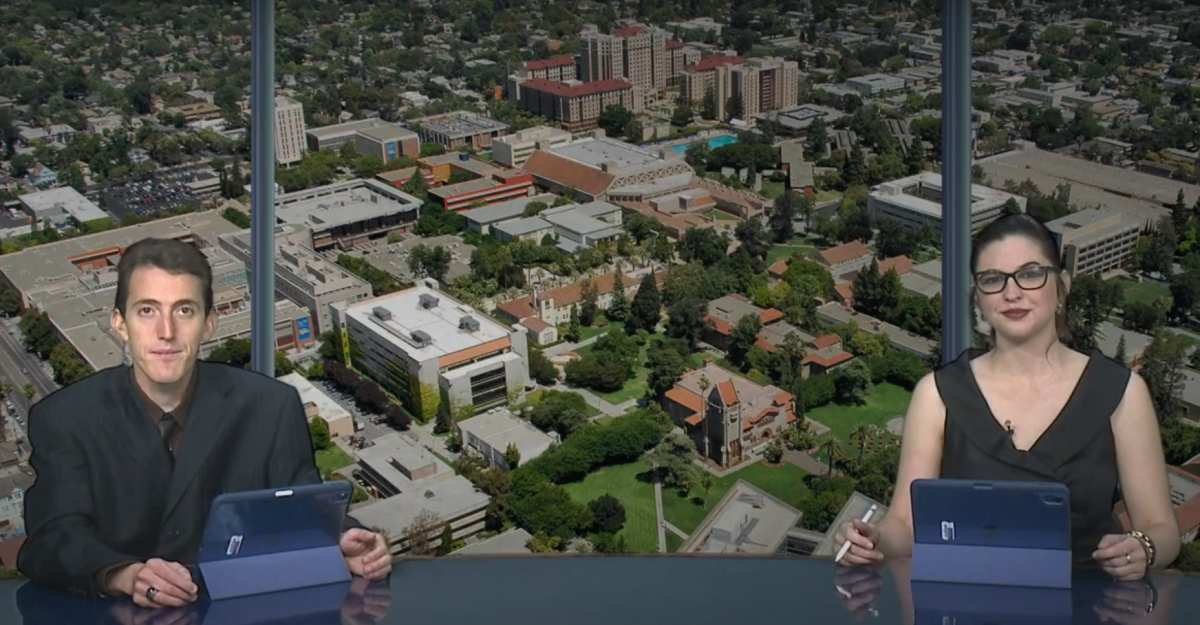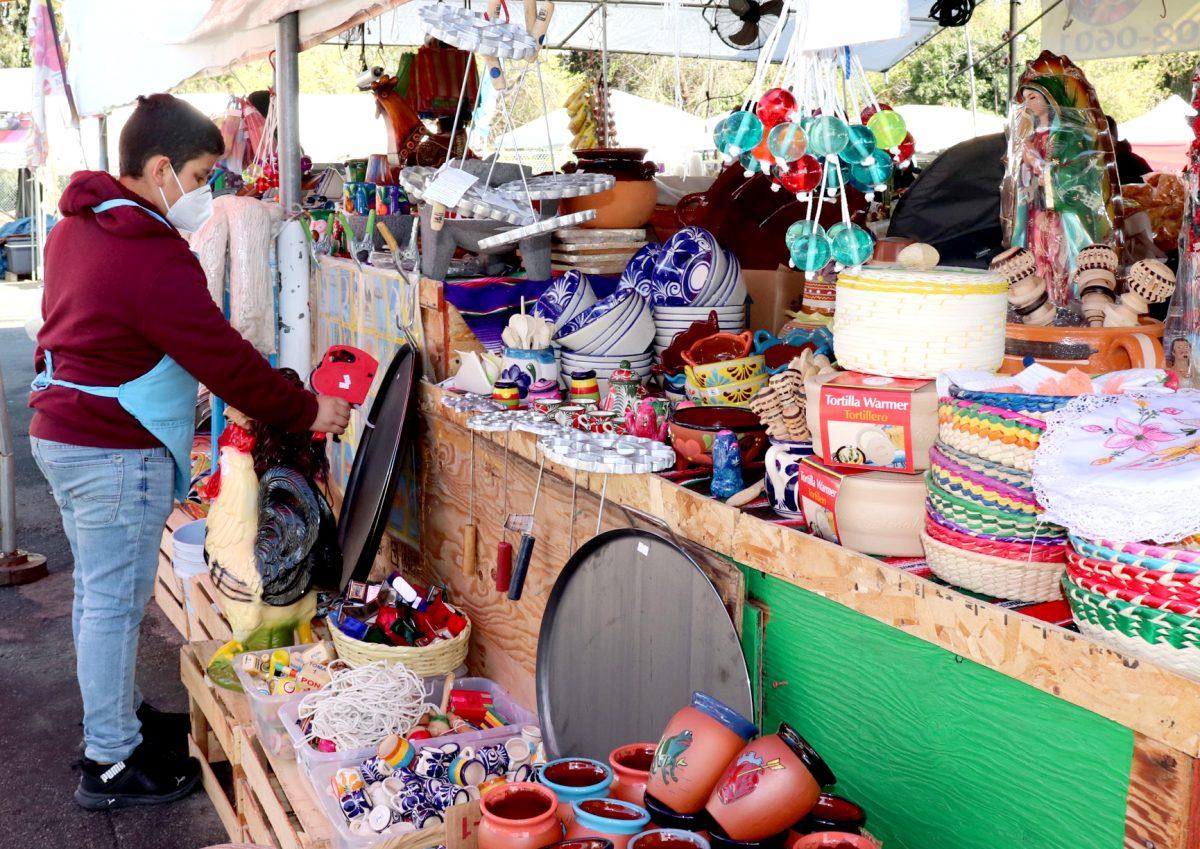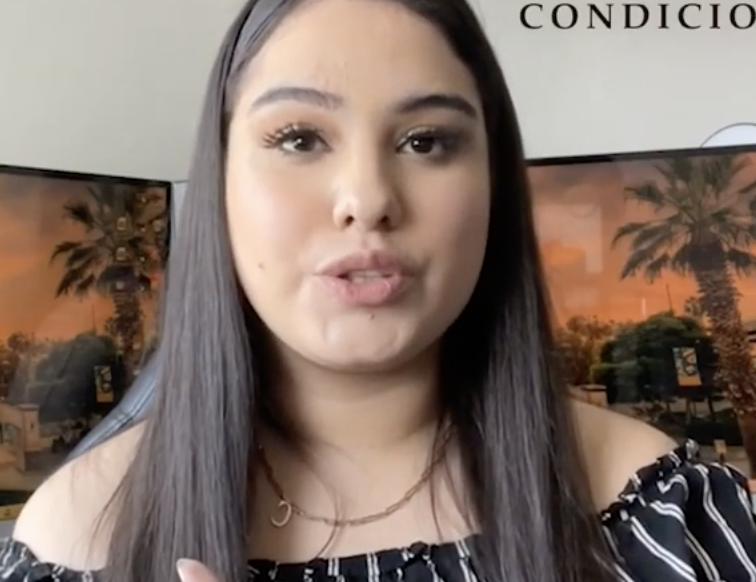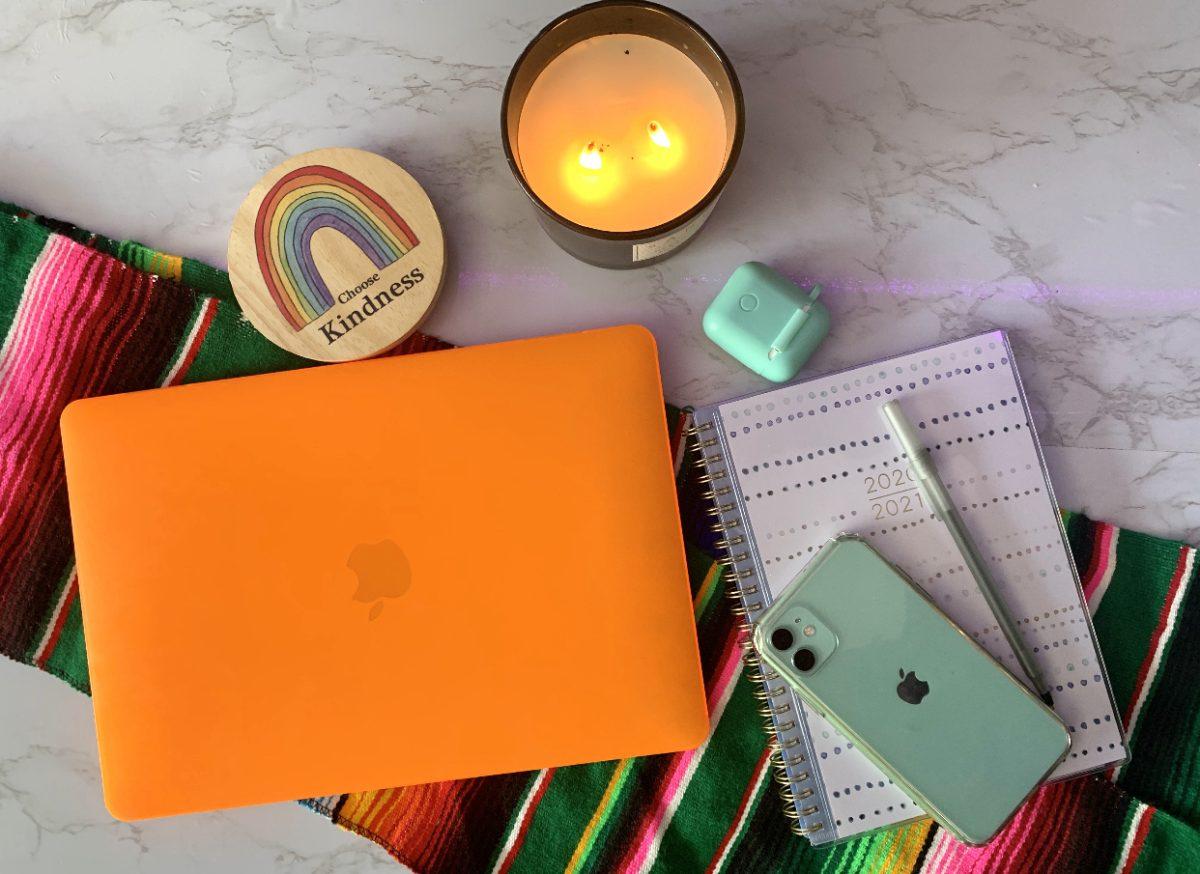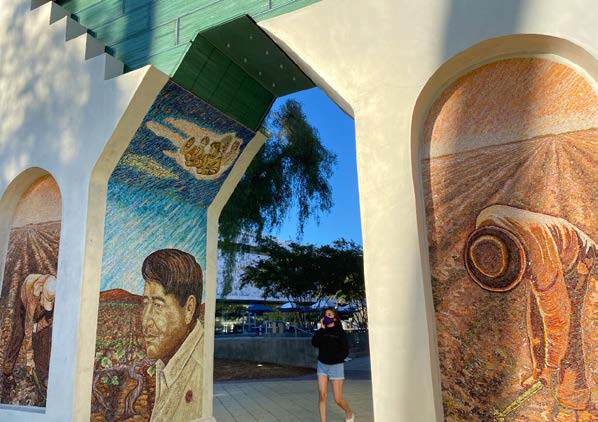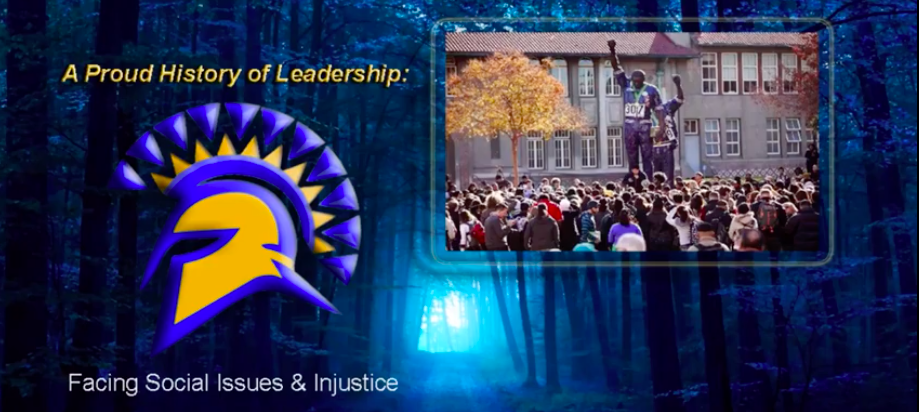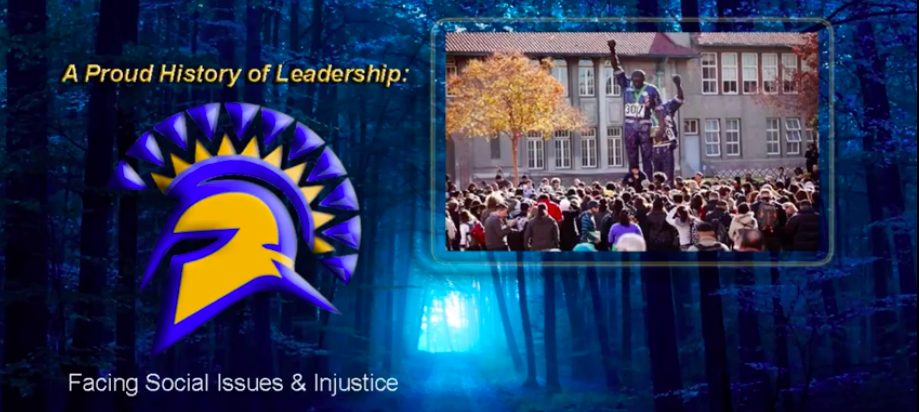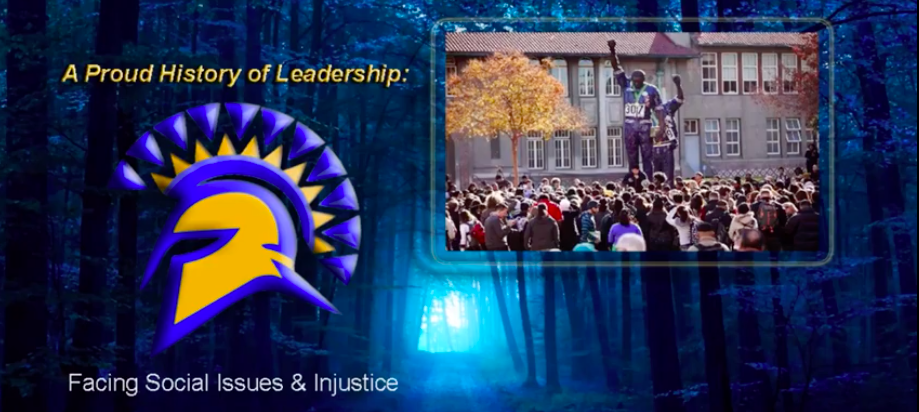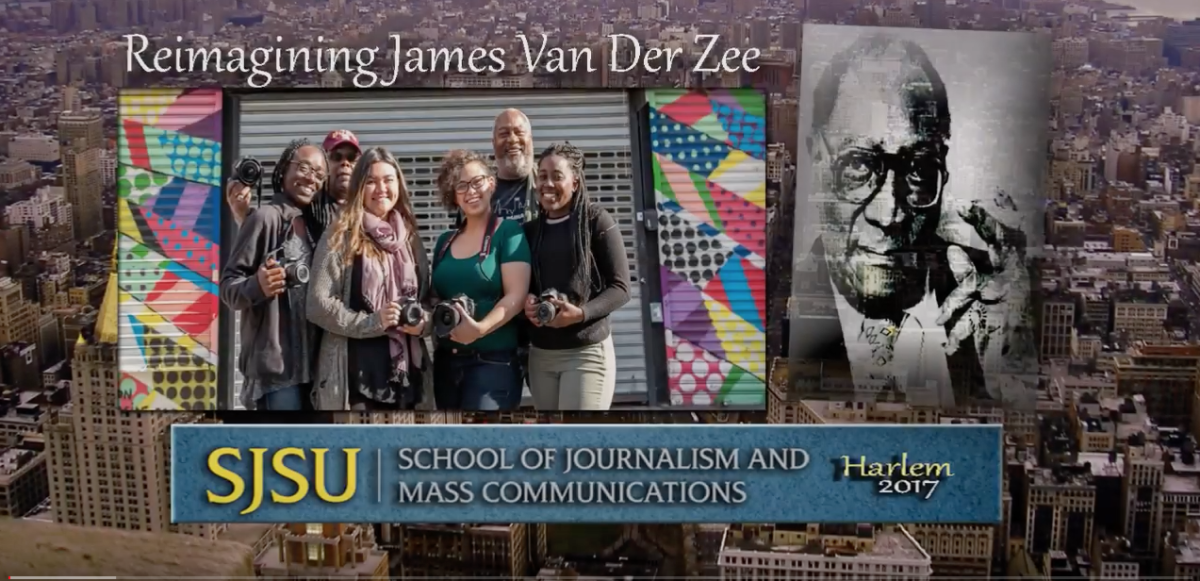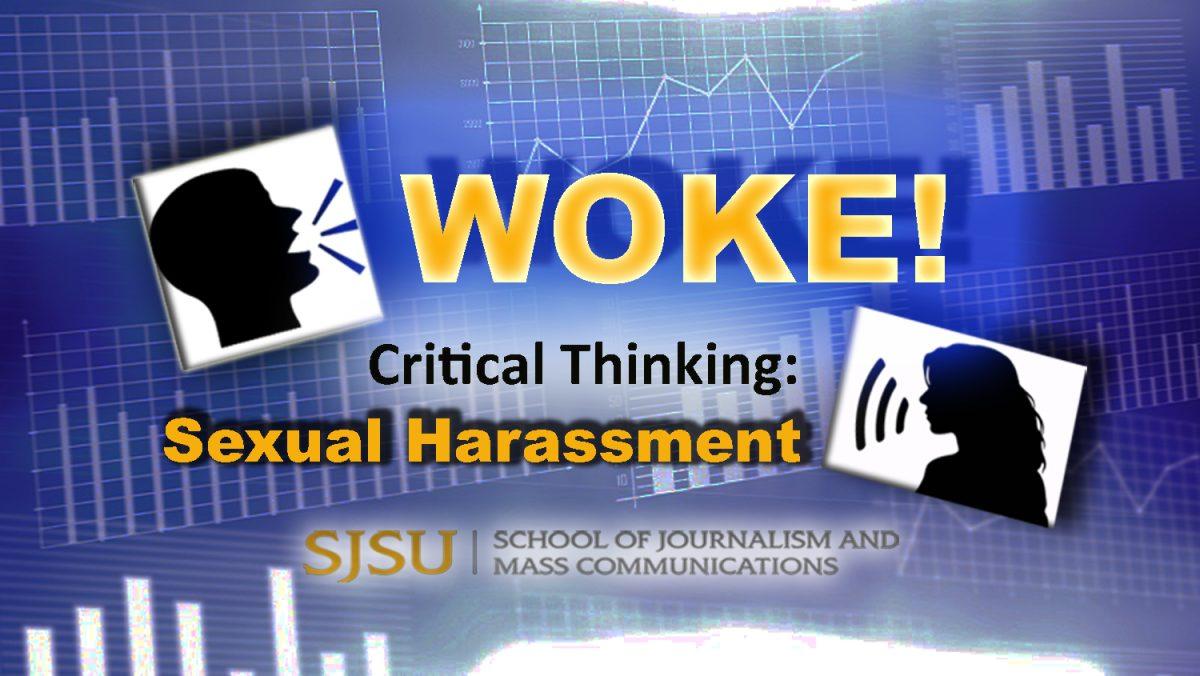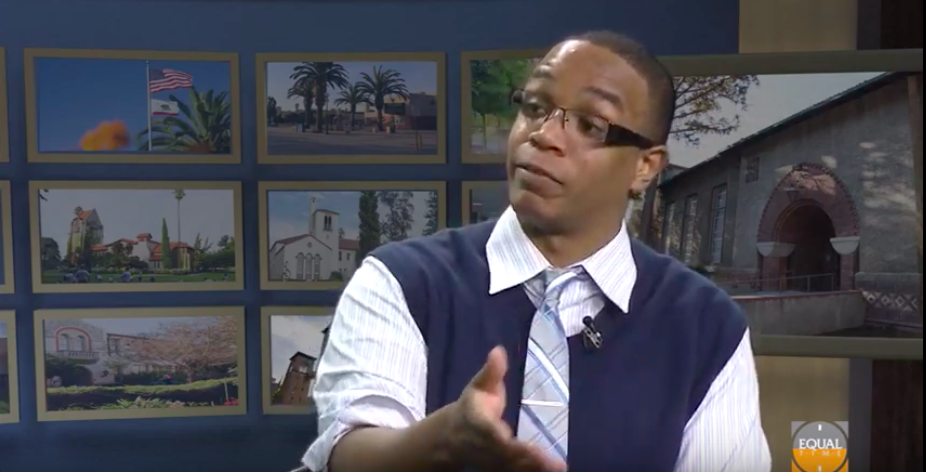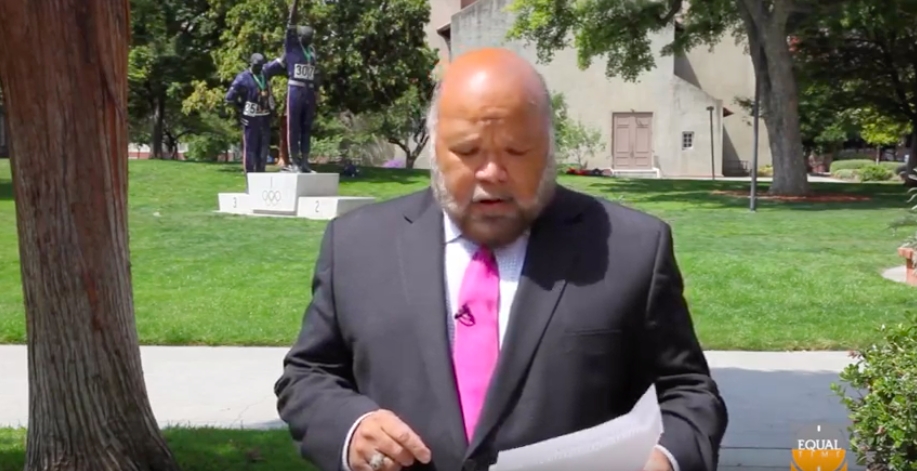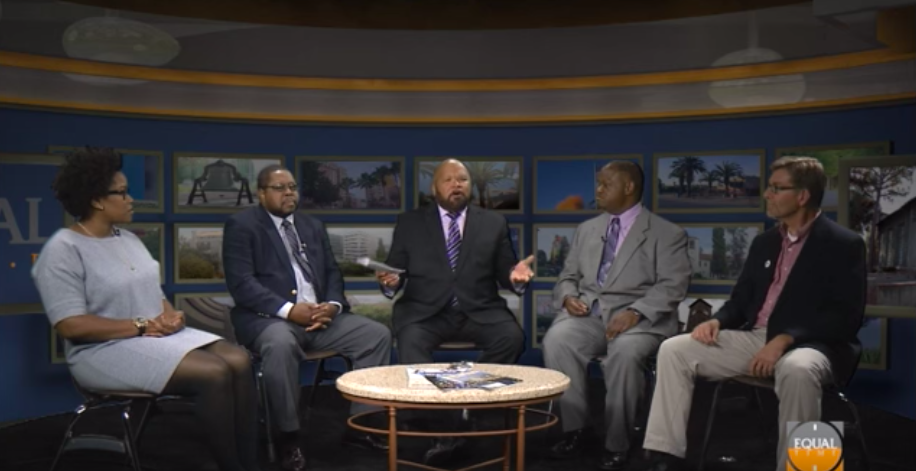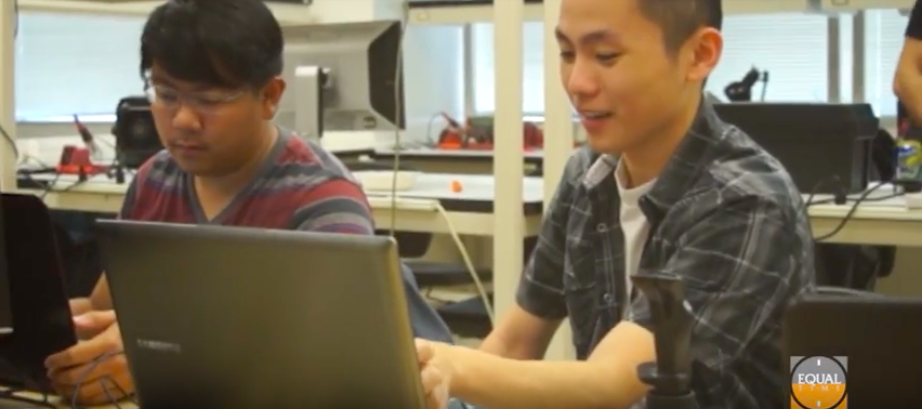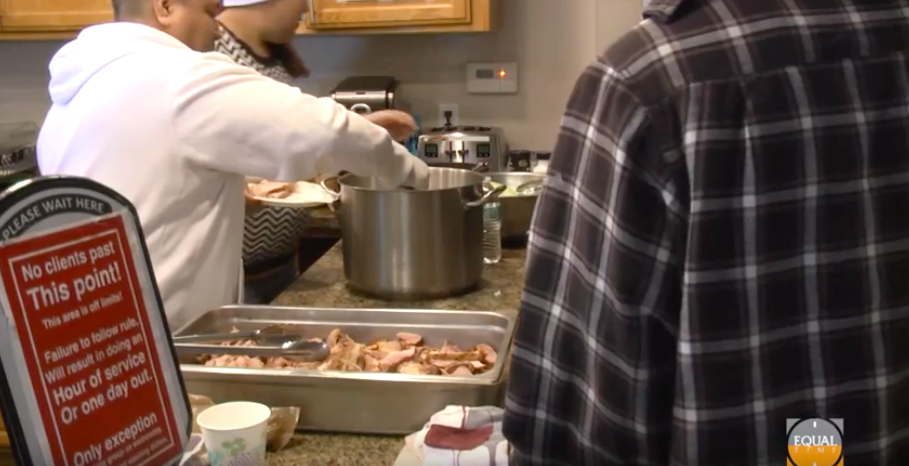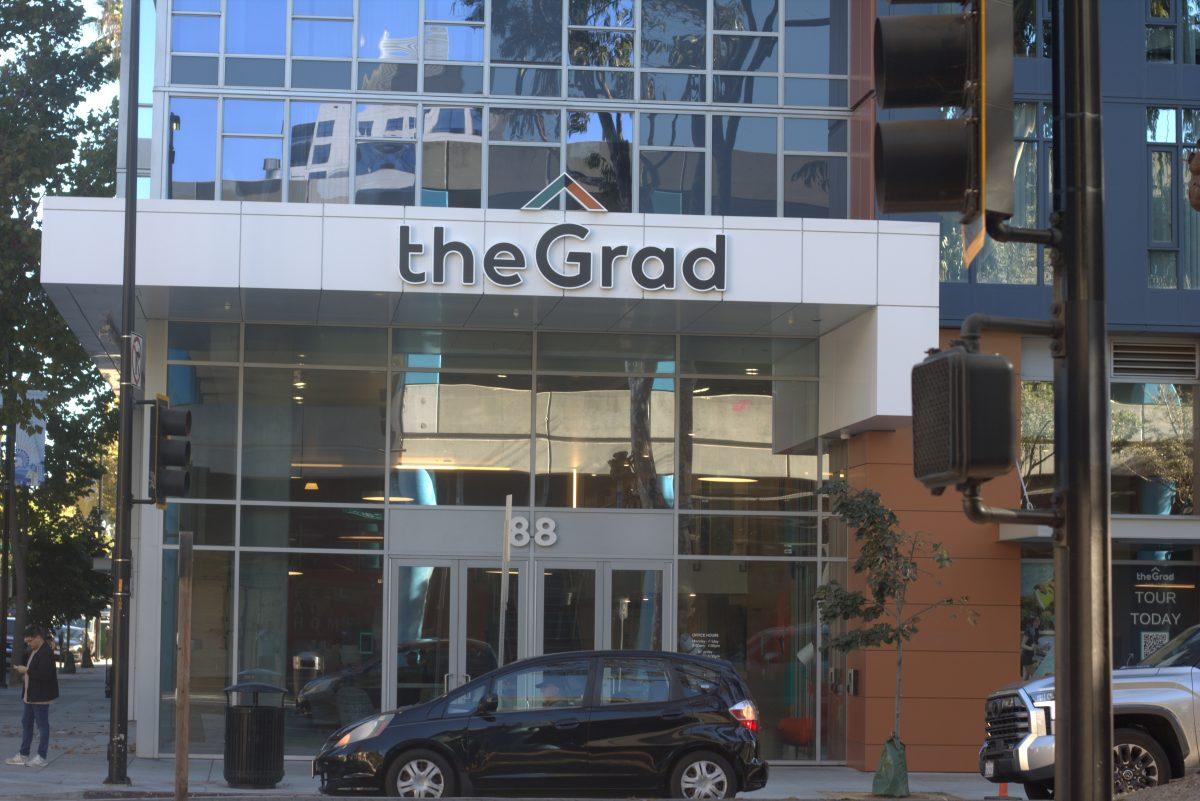My mind reeled as the election integrity advocate I was interviewing told me that he didn’t have faith in the integrity of our elections.
“I have no choice, you have to play the game and keep on pushing,” Jim Soper, co-chair of the Voting Rights Task Force, said. “I’ve been doing this for 15 years, if I had faith, I wouldn’t be doing this anymore.”
I met Soper on Sunday through my former manager and friend Roan Kattouw, who is vice chair of the San Francisco Open Source Voting System Technical Advisory Committee. The committee advises the San Francisco Board of Elections on how to implement open source voting technology.
Soper explained that the biggest threats to having free and fair elections weren’t foreign actors – they were insiders.
He asked if I knew who wrote the software for voting machines.
I didn’t.
Turns out that while writing vote-by-mail software that “came to dominate the U.S. absentee-voting market,” programmer Jeffrey Dean was serving a sentence for 23 counts of embezzlement, according to a 2012 Harper’s Magazine story.
While U.S. Rep. Zoe Lofgren said California is leading the nation in election security, at the election security town hall on Feb. 20, Soper said there is still plenty of work to be done.
Kattouw, Soper and I brainstormed what the ideal election system would look like.
Without further ado, I’d like to present my election integrity manifesto.
Alone, these aren’t enough to ensure fair and free elections – we also need to tackle issues of voter disenfranchisement and getting money out of politics.
1. Paper ballots for everything
In 2006, the Alameda County Board of Supervisors mandated a paper trail for everyone, getting rid of the county’s directly-recorded electronic voting machines, Soper said. This practice spread to the rest of California under Secretary of State Debra Bowen.
Having paper ballots ensures that in the event of a contested ballot or a recount, officials can go directly back to the voter’s intention. Same for audits as well.
A major problem with mandating paper for everyone, is that for those with disabilities, such as blind voters, filling out a paper ballot can be difficult, if not impossible.
In those cases, a ballot-marking device that prints out a paper ballot is used.
2. Implement independent risk-limiting audits
California requires that counties conduct 1% audits after each election, meaning 1% of precincts are audited to ensure the votes on the ballots match the results. But once you know which ballots are going to be reinspected, you know exactly what you need to rig.
Instead, we need to look at risk-limiting audits, which counties in California can optionally use now.
Instead of checking by precincts, the number of ballots that need to be inspected is based on the margin of victory. The closer the results, the more ballots that should be recounted. And if discrepancies are found, audit more ballots.
It’s important to note that these need to be independent audits – not run by the local Registrar of Voters.
3. Use offline, open source software to scan ballots
Ballots should be scanned centrally, using machines that are fully offline and running open source software.
The code should be readable by anyone and developed in the open.
Soper emphasized that the public should know who is making changes so we don’t have another Dean situation.
For the March 3 primary election, voters in Los Angeles County will be using an open source system named Voting Solutions for All People, which is fully owned by the county.
Well, it’s open source in theory at least – they haven’t given anyone the code yet.
4. Simplify the ballot
Part of the reason elections are so complex in America is that the ballot is so complex. Lately, ballots have been four or five pages – it’s intimidating for people not actively following politics.
Part of this has to do with Santa Clara County eliminating odd-year elections so we have elections less often, but they encompass more.
I believe it is important for ordinary citizens to have the ability to place propositions and measures on the ballot as an alternative legislative process.
But when we start running out of letters in the alphabet and hit Measure Z, it’s clear there’s a problem.
Simpler ballots mean simpler elections.
5. Publish scanned ballots online
In 2008, Humboldt County posted scans of voters’ ballots online for anyone to conduct their own audit – and people did. The Humboldt County Transparency Project rescanned everyone’s ballots and discovered 197 paper ballots were dropped from the initial count, according to a 2008 Wired story.
Now, San Francisco has begun posting ballot scans as well for those interested in performing an additional audit. With digital storage being so cheap, there’s no reason for counties to not perform this step so that voters have additional confidence that their ballot was scanned properly.
The public could write their own scanning software to provide a second, independent vote count.
6. Get involved
It’s easy to complain, but the real value comes out of us getting down in the trenches to take back our democracy from those who have stolen it.
The easiest way to get involved is to become a poll worker, which feels especially gratifying because you get to directly interact with voters and assist them in casting their votes.
You can also observe the vote-counting process, something that California Secretary of State Alex Padilla emphasized, at the Feb. 20 Election Security Town Hall, as one of our rights.
But most importantly, Soper suggested to me, is that people should do their homework before getting involved.
Binary Bombshells discusses values embedded in technologies that we use every day. It appears every other week on Thursday.


